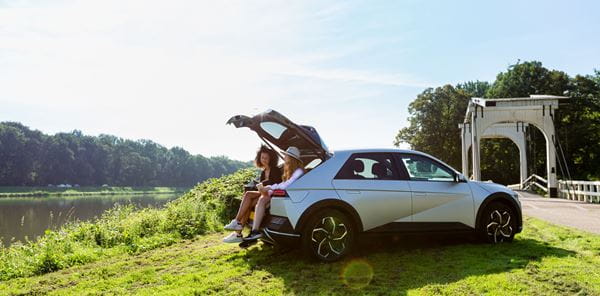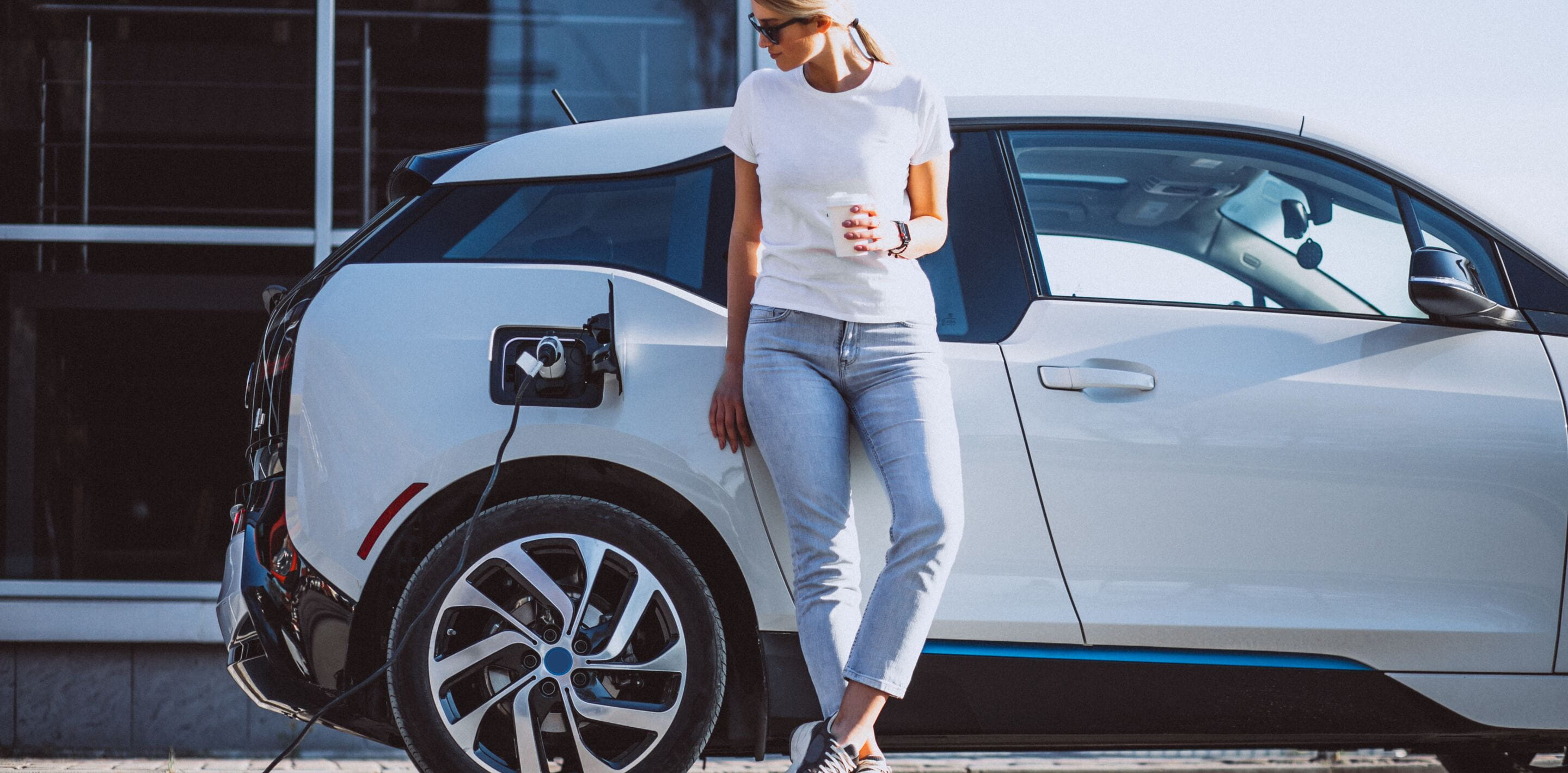
Avoid letting the battery in your electric run empty or charging it too far
As the battery is the heart of an electric car, you'd better take good care of it. So, let's take a minute to talk about discharging, charging and overcharging batteries.*
You may well be surprised at what you learn...
Avoid letting the battery in your electric run empty or charging it too far
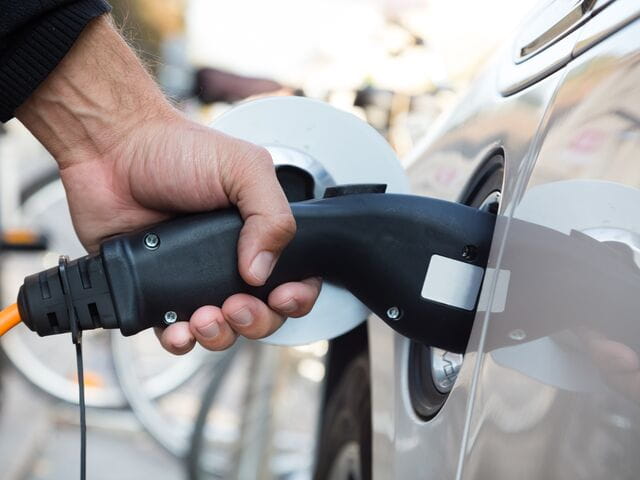
Between 20% and 80%
Drivers of electric cars react in the same way as drivers of fuel-powered cars: the higher the fuel or charge level, the more confident they feel. It therefore seems to be the case that the best charge level is a full charge, or as close to that as possible.
However, the chemical structure of a lithium battery stays healthy longer when the charge level is between 20% and 80% than when the battery remains at full charge or empty for long periods of time.
On some electric models, it's possible to set an upper limit for the battery's charging level. In such cases, it is possible to set the limit at 80% for daily usage and increase it to 100% for longer trips.
Read the information in the frame to find out more.
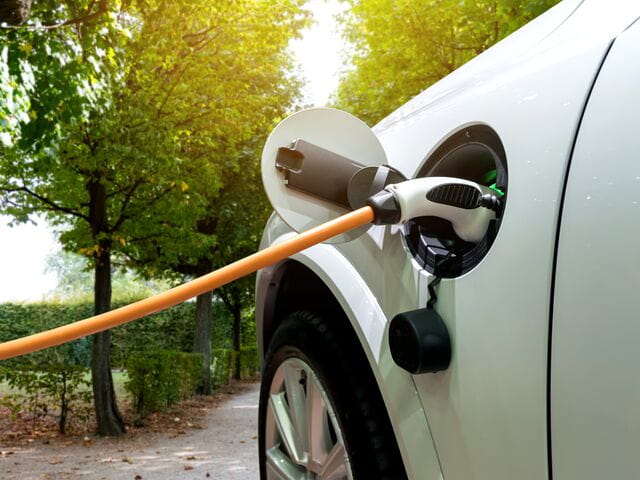
Don't let it run dry ...
"But I know that it's not a good idea to run a battery completely dry, as the same applies to my smartphone..."
Using a battery's electrical energy right up to the last per cent is certainly not ideal, but it's not forbidden. However, when you reach 0%, it's crucial that you charge the battery quickly.
Of course, it's almost impossible to fully discharge the battery in an electric car, as a buffer capacity has been built into the battery to protect the battery and prolong its service life. Depending on the battery model, this 'grey area' can vary between 5% and 30% of the total capacity.
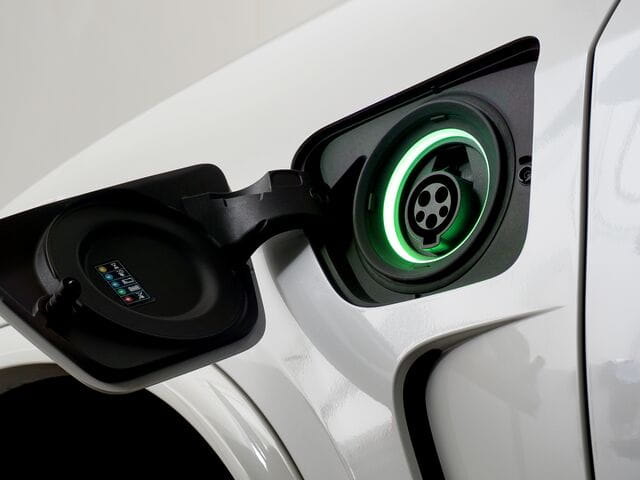
.. but don't fully charge it either !
The advice on discharging applies almost equally to a full charge: you can habitually charge your car all the way up, just don't keep it fully charged for too long!
* We're talking about lithium-ion batteries, which are the most popular on the market by far. Lithium-ion batteries are particularly interesting to the automotive sector due to their high energy density, low environmental impact (especially in terms of fine particles and CO2 emissions) and their (relatively) long lifespan.

